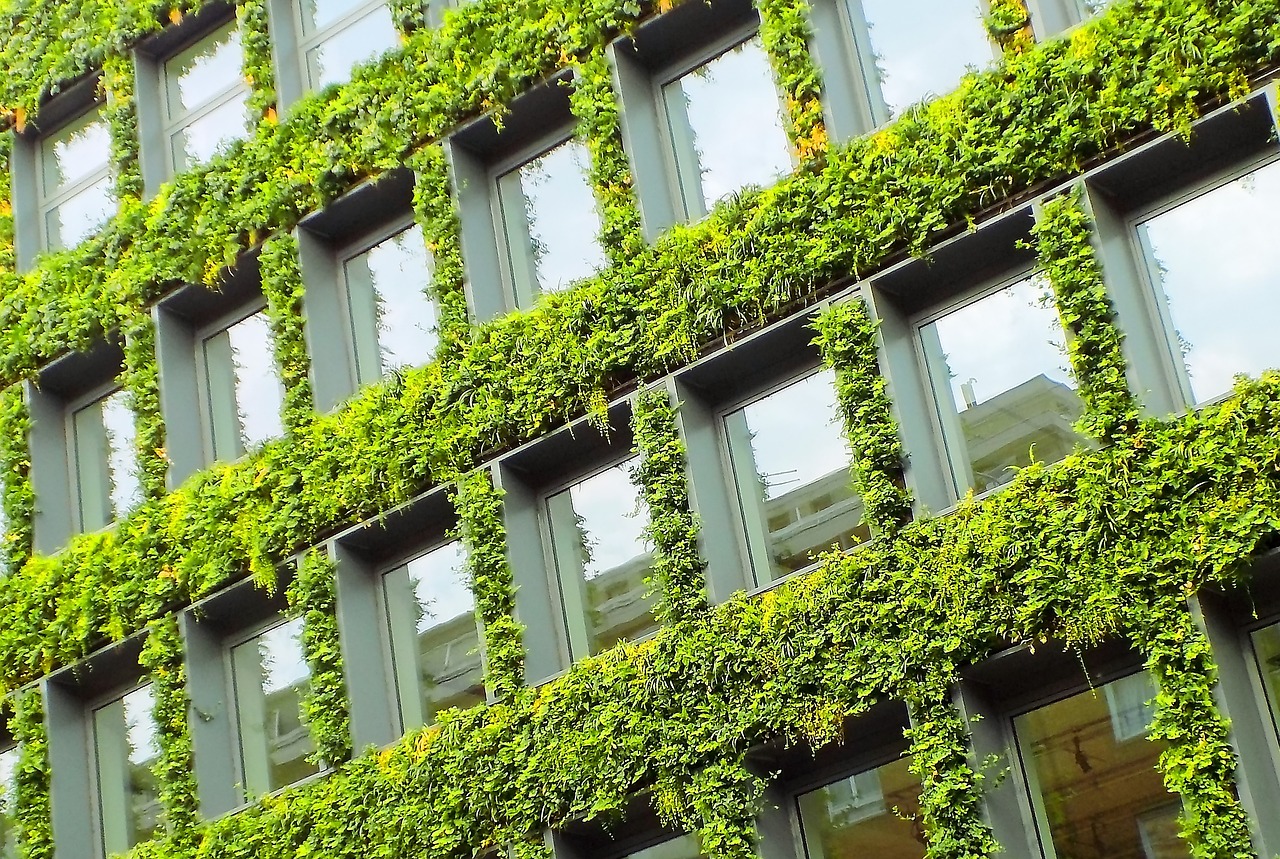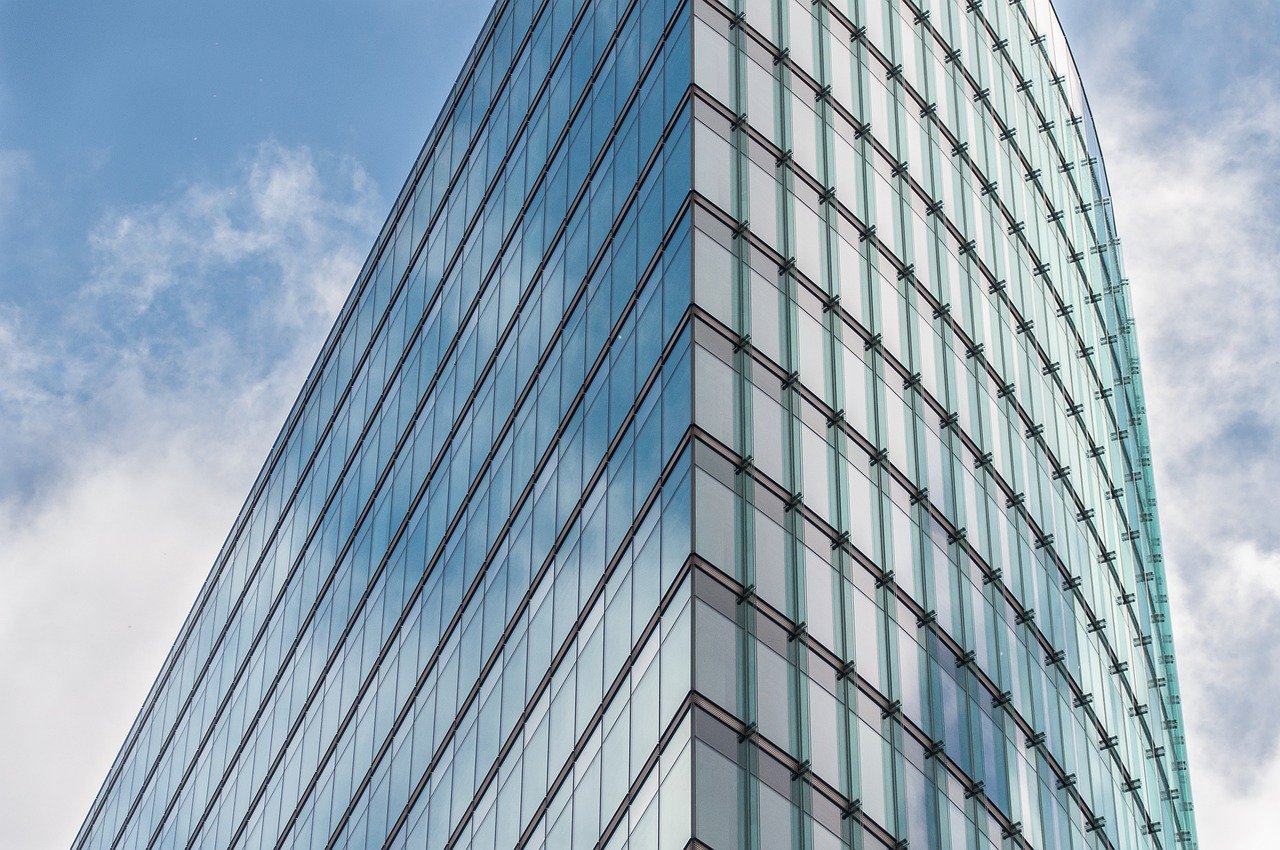In today’s rapidly changing world, sustainable architecture is transforming the way we think about building design and construction. By incorporating eco-friendly practices, we can not only reduce our environmental impact but also achieve significant economic benefits. From lowering energy costs to increasing property values, sustainable architecture offers a multitude of financial advantages. Let’s explore how these innovative designs are shaping a more sustainable and economically viable future for us all.
Sustainable architecture is more than just a trend; it’s a smart investment for our future. When we implement green building practices, we see immediate savings in energy and water bills, thanks to efficient systems and renewable energy sources. Over time, these cost reductions add up, providing a substantial return on investment. Additionally, sustainable buildings tend to have higher occupancy rates and property values, making them attractive to buyers and renters alike. As we embrace sustainable architecture, we’re not only protecting the planet but also securing our economic prosperity. Have you ever wondered what the economic benefits of sustainable architecture are? As environmental concerns continue to rise, we find ourselves increasingly interested in how sustainable practices can benefit not only the environment but also our wallets. The notion that eco-friendly architecture is a costly venture is gradually being dispelled as more evidence supports its financial advantages.
Understanding Sustainable Architecture
Sustainable architecture, often called green building, seeks to minimize the negative environmental impact of buildings. This approach integrates eco-friendly practices and materials to reduce energy consumption, waste, and harmful emissions throughout the building’s lifecycle—from design and construction to maintenance and even deconstruction.
Key Principles
Several core principles lay the foundation for sustainable architecture. These encompass energy efficiency, water conservation, use of sustainable and locally sourced materials, and indoor environmental quality. Implementing these principles can lead to significant economic savings and environmental benefits.
The Financial Perspective
Before diving into the economic advantages, it’s crucial to understand that sustainable architecture considers the lifetime cost of a building, not just the upfront costs. This perspective includes energy savings, maintenance, longevity, and even the building’s impact on human health and productivity. Now let’s explore in detail how these factors translate into tangible economic benefits.
Reduced Operational Costs
One of the most immediate benefits of sustainable architecture is the reduction in operational costs. This includes lower energy and water bills, which can lead to substantial savings over time.
Energy Savings
Energy efficiency is at the heart of sustainable architectural design. By utilizing insulation, energy-efficient windows, and advanced HVAC systems, a building can drastically reduce its energy consumption. Solar panels and wind turbines can also be incorporated to harness renewable energy.
Example:
| Building Feature | Energy Savings Percentage | Annual Savings |
|---|---|---|
| Insulated Walls | 30% | $1,500 |
| Energy-Efficient Windows | 20% | $1,000 |
| Solar Panels | 50% | $2,500 |
These energy savings can result in thousands of dollars saved annually, offering a quick return on investment.
Water Conservation
Water-efficient systems and fixtures like low-flow toilets, rainwater harvesting, and xeriscaping (landscaping that reduces the need for watering) can significantly cut water usage and costs.
Example:
| Fixture/System | Water Savings Percentage | Annual Savings |
|---|---|---|
| Low-Flow Toilets | 20% | $200 |
| Rainwater Harvesting | 30% | $300 |
| Xeriscaping | 40% | $400 |
Again, these savings accumulate over time, making the initial investment worthwhile.

Increased Property Value
Sustainable buildings are often valued higher than their non-sustainable counterparts. As the market becomes increasingly knowledgeable about the benefits of green buildings, the demand—and thus the resale value—is rising.
Market Trends
Real estate markets are beginning to favor sustainable buildings due to their lower operating costs and growing public awareness about ecological responsibility. Studies have shown that buyers are willing to pay premium prices for sustainable homes.
Examples and Statistics
Research indicates that green buildings can achieve an average increase in property value of 7% compared to conventional buildings. This increase is even more pronounced in areas where environmental concerns are particularly high.
Example:
| Property Type | Average Value Increase |
|---|---|
| Residential | 5-10% |
| Commercial | 7-12% |
This enhanced value can provide a significant financial cushion for property owners and investors.
Tax Incentives and Rebates
Many governments offer tax incentives and rebates to encourage the adoption of sustainable building practices. These financial incentives can significantly offset the initial costs associated with sustainable construction.
Federal and Local Incentives
In various regions, both federal and local governments provide subsidies, tax credits, and rebates for implementing green building technologies. These incentives can cover aspects like renewable energy installations, energy efficiency improvements, and water conservation systems.
Example:
| Incentive Type | Description | Financial Benefit |
|---|---|---|
| Tax Credits | 30% credit on renewable energy systems | $5,000 |
| Rebates | $100 rebate per energy-efficient window | $2,000 |
| Subsidies | Up to 50% cost covered for water-saving systems | $3,000 |
These incentives make sustainable architecture more accessible and financially feasible for a broader audience.

Improved Employee Productivity
The economic benefits of sustainable architecture aren’t limited to direct savings on utilities and tax breaks; they also extend to enhanced employee productivity. Buildings designed with good natural lighting, excellent air quality, and comfortable temperatures provide a better environment for occupants.
Health and Wellbeing
Studies have shown that employees working in green buildings report fewer sick days and experience less stress, which translates into higher productivity. This can have a considerable impact on a company’s bottom line.
Example:
| Factor | Productivity Improvement | Financial Impact |
|---|---|---|
| Natural Lighting | 15% | $15,000 annually |
| Air Quality | 10% | $10,000 annually |
| Comfortable Temperatures | 12% | $12,000 annually |
The cumulative effect of these productivity boosts can lead to significant financial gains for businesses.
Lower Insurance Premiums
Insurance companies are beginning to recognize the reduced risks associated with sustainable buildings. These buildings often have better safety standards, fire-resistant materials, and lower chances of environmental damage, which can result in lower insurance premiums.
Risk Reduction
Sustainable buildings are typically constructed with high-quality materials and design principles that enhance durability and safety. This risk reduction leads to fewer claims and losses for insurance companies, who pass these savings onto the policyholders.
Example:
| Risk Factor | Risk Reduction Percentage | Premium Savings |
|---|---|---|
| Fire Risk | 25% | $1,000 annually |
| Water Damage | 20% | $800 annually |
| Structural Damage | 30% | $1,200 annually |
While the savings might seem modest individually, they add up to substantial amounts over the lifetime of the building.

Longevity and Maintenance Savings
Sustainable architecture emphasizes quality and durability, leading to buildings that last longer and require fewer repairs and maintenance.
Durability of Materials
Using high-quality, sustainable materials ensures that buildings withstand the test of time. This reduces the frequency and cost of repairs and maintenance.
Example:
| Material Type | Longevity Increase | Maintenance Savings |
|---|---|---|
| Recycled Steel | 40% longer lifespan | $5,000 annually |
| Bamboo Flooring | 30% longer lifespan | $3,000 annually |
| Composite Decking | 50% longer lifespan | $6,000 annually |
These savings in both time and money allow owners to allocate resources elsewhere, enhancing overall profitability.
Attraction of Investors and Tenants
Sustainable buildings often attract more investors and tenants, thanks to their lower operational costs, healthier environments, and modern appeal.
Investor Attraction
Investors are increasingly interested in sustainable architecture due to the long-term cost savings and increased property values it offers. These buildings are perceived as lower-risk investments, drawing more interest from high-quality investors.
Example:
| Investor Type | Interest Increase Percentage |
|---|---|
| Institutional | 20% |
| Private | 15% |
Tenant Attraction
Tenants, particularly in commercial real estate, prefer sustainable buildings for their better working environments and cost-efficiency. This can lead to higher occupancy rates and reduced vacancy periods.
Example:
| Building Type | Occupancy Rate Increase | Vacancy Rate Reduction |
|---|---|---|
| Office | 10% | 5% |
| Retail | 8% | 4% |
These benefits provide a more stable and profitable investment in the long term.
Compliance with Regulations
As governments worldwide tighten regulations around building sustainability, adopting green architecture ensures compliance and avoids costly fines or penalties.
Regulatory Landscape
Regulations increasingly mandate energy efficiency, waste reduction, and sustainable building practices. Complying with these regulations not only helps avoid penalties but also positions the building as a leader in sustainability.
Example:
| Regulatory Compliance | Cost Avoidance |
|---|---|
| Energy Efficiency Laws | $10,000 annually |
| Waste Reduction Laws | $7,000 annually |
| Sustainable Material Use | $8,000 annually |
By staying ahead of regulations, sustainable buildings can avoid these fines and even gain financial incentives for compliance.
Social and Environmental Impact
While the direct economic benefits are substantial, the social and environmental impacts of sustainable architecture can’t be ignored. These benefits often translate indirectly into economic gains.
Community and Social Value
Buildings that contribute positively to their environment and community can enhance their reputational value. This goodwill can lead to increased business opportunities, partnerships, and customer loyalty.
Environmental Stewardship
Sustainable buildings reduce their carbon footprint, helping to combat climate change. This responsible stewardship can attract environmentally conscious customers and clients, further driving profitability.
Example:
| Impact Type | Economic Benefit |
|---|---|
| Community Wellbeing | Increased loyalty and support |
| Reduced Carbon Footprint | Attraction of eco-conscious consumers |
These indirect benefits enhance the overall viability and attractiveness of sustainable projects.
Challenges and Considerations
While the benefits are clear, it’s also essential to acknowledge the challenges and considerations in adopting sustainable architecture.
Initial Costs
Sustainable building materials and technologies can have higher upfront costs. These expenses, while counterbalanced by long-term savings, require careful financial planning.
Technology Integration
Integrating new technologies into a building’s design and operational plans can be complex. It might require specialized knowledge and expertise, which can be a barrier for some developers.
Market Awareness
Despite growing interest, not all markets are equally aware or supportive of sustainable architecture. Educating stakeholders and promoting the benefits is essential for broader adoption.
Case Studies
To illustrate the practical applications and benefits, let’s consider a few case studies of successful sustainable buildings.
Case Study 1: One Central Park, Sydney
| Feature | Benefit |
|---|---|
| Green Walls | Energy savings and improved air quality |
| Solar Panels | Significant reduction in electricity costs |
| Water Recycling | Lower water bills |
Case Study 2: The Edge, Amsterdam
| Feature | Benefit |
|---|---|
| Smart Technology | Increased energy efficiency and lower costs |
| Green Roofs | Improved insulation and reduced stormwater runoff |
| LEED Certification | Higher property value and lower vacancy rates |
These case studies demonstrate how sustainable design can lead to significant economic, environmental, and social benefits.
Conclusion
Sustainable architecture presents a compelling array of economic benefits, from reduced operational costs and increased property value to enhanced employee productivity and lower insurance premiums. By considering the full lifecycle cost and integrating green building practices, we can create buildings that are not only better for the environment but also financially advantageous. As we continue to prioritize sustainability, the economic arguments for green buildings will only become more convincing. Through thoughtful design and strategic investments, we can achieve a sustainable and prosperous future for all.